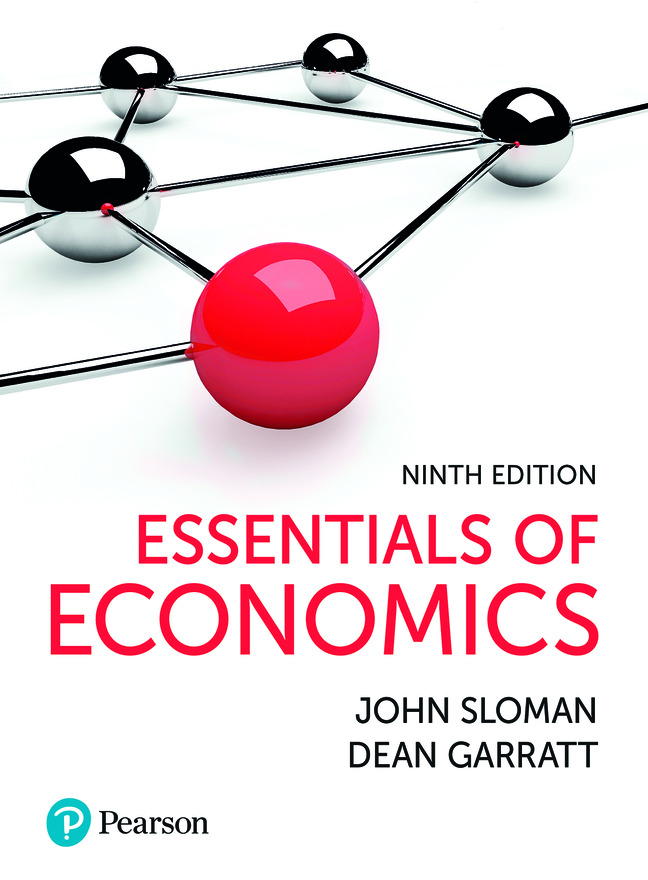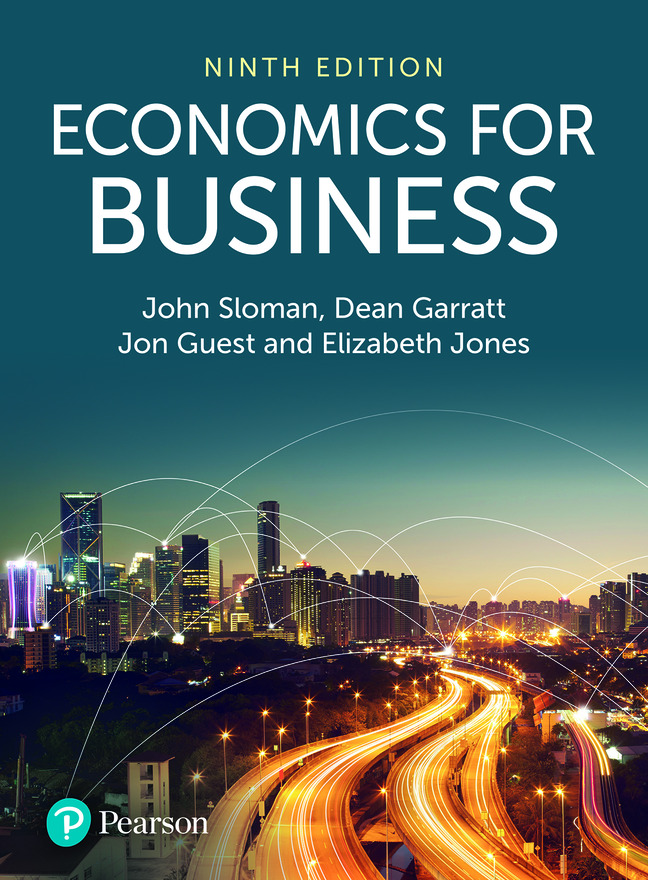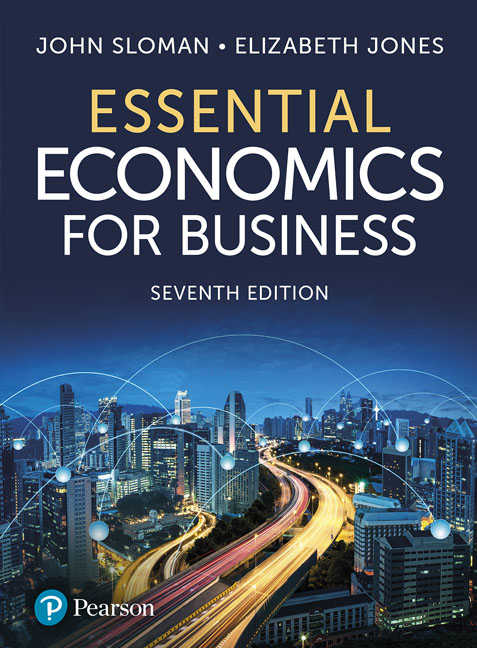The first linked article below is from the American business magazine Forbes. It looks at the economics of football (‘soccer’) signings and, in particular, that of Robinho by Manchester City. In September 2008 the club was bought by an Abu Dhabi investment fund, controlled by Sheikh Mansour bin Zayed Al Nahyan, for £210 million. But does the investment in new players make good business sense?
Also, what should determine whether a club sells a player? The third link below considers this issue. The link is to the Embedding Threshold Concepts (ETC) site at Staffordshire University. ETC was funded by the Higher Education Funding Council for England’s Fund for the Development of Teaching and Learning (FDTL). The site has a number of teaching and learning resources.
City of Dreams Forbes (8/4/09)
Man City beat Chelsea to Robinho BBC Sport (1/9/08)
Selling footballers: the economic viewpoint ETC reflective exercise
Questions
- Was it consistent with the goal of profit maximisation for Manchester City pay Real Madrid £32.5 million for Robinho? Was it consistent with the goal of profit maximisation for Real Madrid to sell him?
- If Real Madrid had decided to keep Robinho, how would you estimate the cost of doing so?
- What difficulties are there in developing Manchester City into a ‘global brand’?
- In what sense are the top Premier League clubs a ‘self-perpetuating oligopoly’?
The recession of the past few months has taken its toll on organic farmers. Until recently, the industry was booming as consumers switched to products perceived as greener, healthier and more ethically produced. Now, as many consumers are feeling the pinch, they are switching to cheaper foodstuffs. The resulting decline in demand for organic food has turned profit into loss for many organic farmers. According to the first of the linked articles below, at least two organic farmers are leaving the movement each week.
But what will happen as the economy recovers and people start turning back to organic products? Given that it takes some two years to convert to organic standards, there could be supply shortages next year.
As UK shoppers tighten their belts, organic farmers feel the squeeze Guardian (11/4/09)
United Kingdom-Organic slowdown Farming UK (12/4/09)
Can the organics survive the current economy? Limerick Post (10/4/09)
Questions
- How close to perfect competition is the market for organic foods?
- What determines whether an organic farmer should continue in the market even though a loss is being made?
- What can you conclude about the income and price elasticities of demand for organic produce and the cross-price elasticity of demand for organic food with eating out?
- What is likely to happen to the market for organic food over the next two years?
On 7 April, Brian Lenihan, Ireland’s Finance Minister, introduced an emergency Budget. He forecast that Irish real GDP would decline by some 8 per cent in 2009, that consumer prices would fall by 4 per cent (i.e. substantial negative inflation) and that unemployment, already at 11 per cent, would rise further. So what was his solution? Was it a massive fiscal stimulus to boost aggregate demand and turn the economy around? No: it was precisely the opposite. He announced substantial tax increases and cuts in government expenditure? Was this economic madness, or was there economic sense in the measures? The following articles explore the arguments.
Ireland’s shock therapy has got its merits Independent (9/4/09)
Ireland Faces ‘Challenge of Its Life’ BusinessWeek (8/4/09)
Few crumbs of comfort as incomes take severe hammering Irishtimes.com (10/4/09)
Republic’s Budget cuts ‘for the common good’ Belfast Telegraph (8/4/09)
Ireland unveils budget ‘challenge’ Financial Times (8/4/09)
Ireland unveils emergency budget BBC News (7/4/09)
When fiscal stimulus isn’t stimulating: Stephanie Flanders blog BBC News (7/4/09)
Ireland imposes emergency cuts Telegraph (8/4/09)
Questions
- Consider the arguments for and against the fiscal tightening measures adopted by the Irish government.
- Should the UK government also adopt a tighter fiscal stance?
- How important is investor confidence in determining the success of a Budget?
Every six months the OECD publishes its Economic Outlook. This gives annual (and some quarterly) macroeconomic data for each of the 30 OECD countries, for all 30 countries together and for the eurozone. There are 63 tables covering most of the major macroeconomic indicators, most going back 13 years with forecasts for the next two years. OECD Economic Outlook is normally published in June and December.
Similarly, every six months the European Commission’s Economic and Financial Affairs Directorate publishes its European Economy Statistical Annex. This gives annual data for 76 macroeconomic variables for each of the EU countries, plus the USA and Japan. Most of the tables go back to 1970 and forecast ahead for two years. There is also a separate publication, Economic Forecasts. The statistical appendix to this publication has 62 tables, again covering a range of macroeconomic data. The tables go back to 1992 and again forecast ahead for two years. There is a lot of useful commentary about the individual economies of the EU and other major economies, such as the USA, Japan, China and Russia. Both publications normally appear in May and November.
Another organisation to publish 6-monthly forecasts is the International Monetary Fund. The Statistical Appendix of the Word Economic Outlook (after clicking on this, go to link on right), normally published in April and October, gives macroeconomic data for most economies and regions of the world. Forecasts are made ahead for two years and for five years.
The state of the world economy was so severe in early 2009 and was deteriorating so rapidly that earlier forecasts proved far too optimistic. In early 2009, all three organisations published interim forecasts – the European Commission and the IMF in January and the OECD at the end of March. They painted a much bleaker picture than the forecasts published at the end of 2008. What will the next set of forecasts look like? Will they be even bleaker?
The following links take you to these interim forecasts and to articles commenting on them.
EU interim forecasts for 2009–2010: sharp downturn in growth European Commission, Directorate-General for Economic and Financial Affairs (19/1/09)
World Economic Outlook Update IMF (28/1/09)
OECD Interim Economic Outlook, March 2009 OECD (31/3/09)
Global economy set for worst fall since WWII Times Online (31/3/09)
UK economy: We still need to take our medicine Times Online (1/4/09)
OECD predicts 4.3% contraction in richest economies this year Irish Times (1/4/09)
Global Slump Seen Deepening The Wall Street Journal (1/4/09)
Glimmers of hope, forecasts of gloom The Economist (2/4/09)
Questions
- Compare the forecasts for GDP growth, unemployment, inflation and output gaps for some of the major economies made by the OECD at the end of March with those made by the European Commission and the IMF in January and with those made by all three organisations in the autumn of 2008. Why, do you think, are there such large divergences in the forecasts?
- For what reasons might the OECD March forecasts turn out to be (a) much too pessimistic; (b) much too optimistic?
- In the light of the forecasts, should countries adopt further strongly expansionary fiscal policies – something rejected at the G20 summit in Early April (see news item Saving the world)?
The G20 countries meet each year. Normally their meetings are full of fine words resulting in little action. But at a summit in London on 2 April 2009, the fear of a deepening global recession focused minds and a package of measures worth over $1 trillion was agreed to stimulate trade and growth. This included $750 billion for the IMF to help economies in severe difficulties, $250 billion for financing world trade and $100 to multilateral development banks (such as the Asian Development Bank) to provide extra aid to the poorest countries.
The extra money for the IMF would include $500 billion of loans from member countries and £250 billion in new money – a form of international quantitative easing. This new money would be in the form of ‘special drawing rights’. These are denominated in dollars and are created by the IMF to be drawn on by countries in difficulties.
There was also agreement to tighten financial regulation and to resist protectionism. A ‘Financial Stability Board’ would be set up and work with the IMF to design a strengthened regulatory system for banks and other financial institutions and for financial markets and instruments.
The following articles look at the agreement and its likely effects.
‘This is the day the world came together to fight back’ Independent (2/4/09)
G20 communiqué: Point by point analysis Telegraph (2/4/09)
G20 summit – leaders’ statement. Full text of the communiqué Guardian (2/4/09)
G20: Economic summit snapshot BBC News Online (2/4/09)
G20 leaders seal $1tn global deal BBC News Online (2/4/09)
G-force The Economist (2/4/09)
World leaders declare war on risk Sydney Morning Herald (3/4/09)
Postscript (Sept 2009)
G20: What progress has been made? BBC News (23/9/09)
G20: Pledge by pledge BBC News (25/9/09)
Questions
- What will determine the success or failure of the G20 agreement to revive the world economy?
- Identify any multiplier effects from the agreed measures.
- Why did the French and German governments object to any further fiscal stimulus packages?



